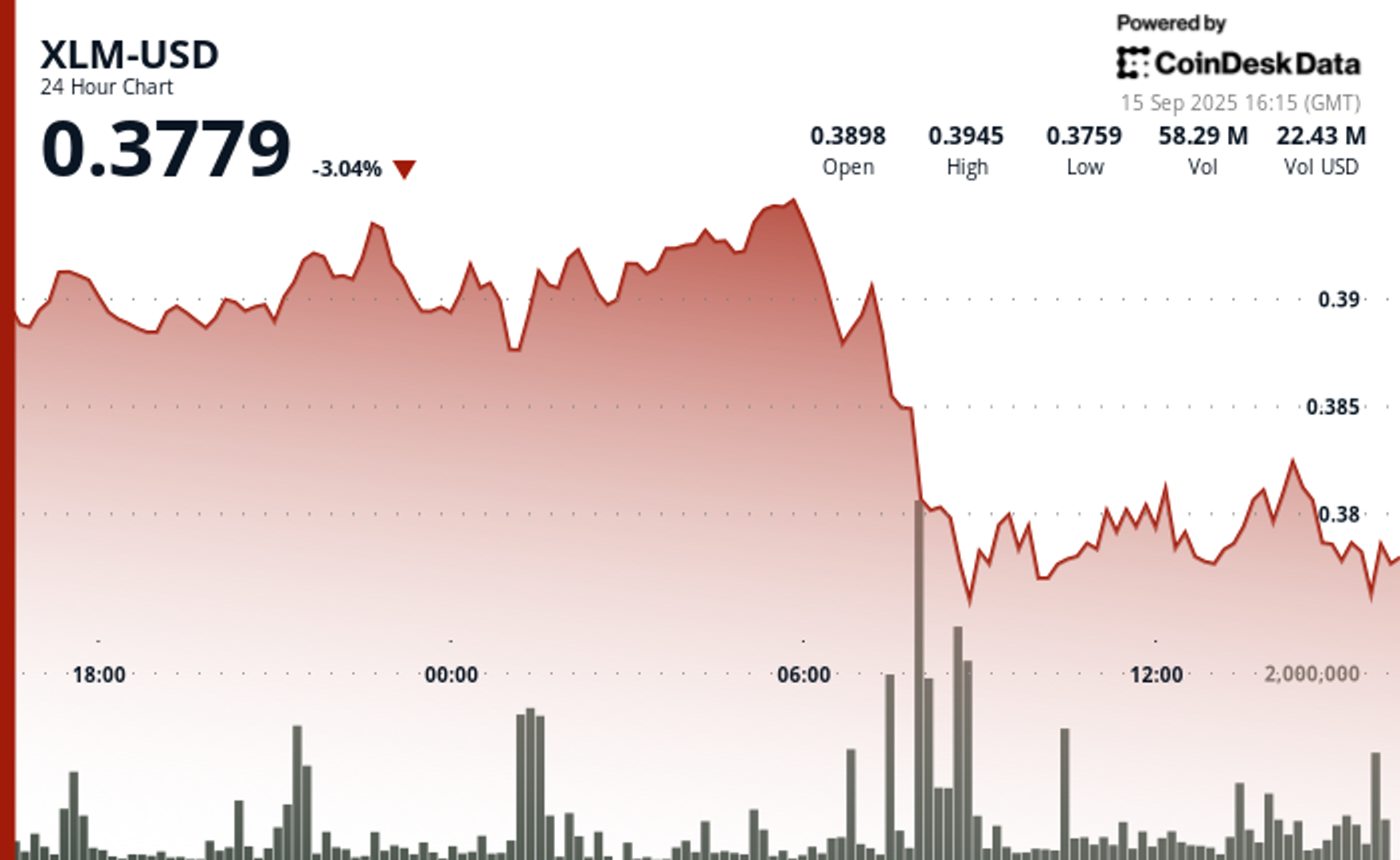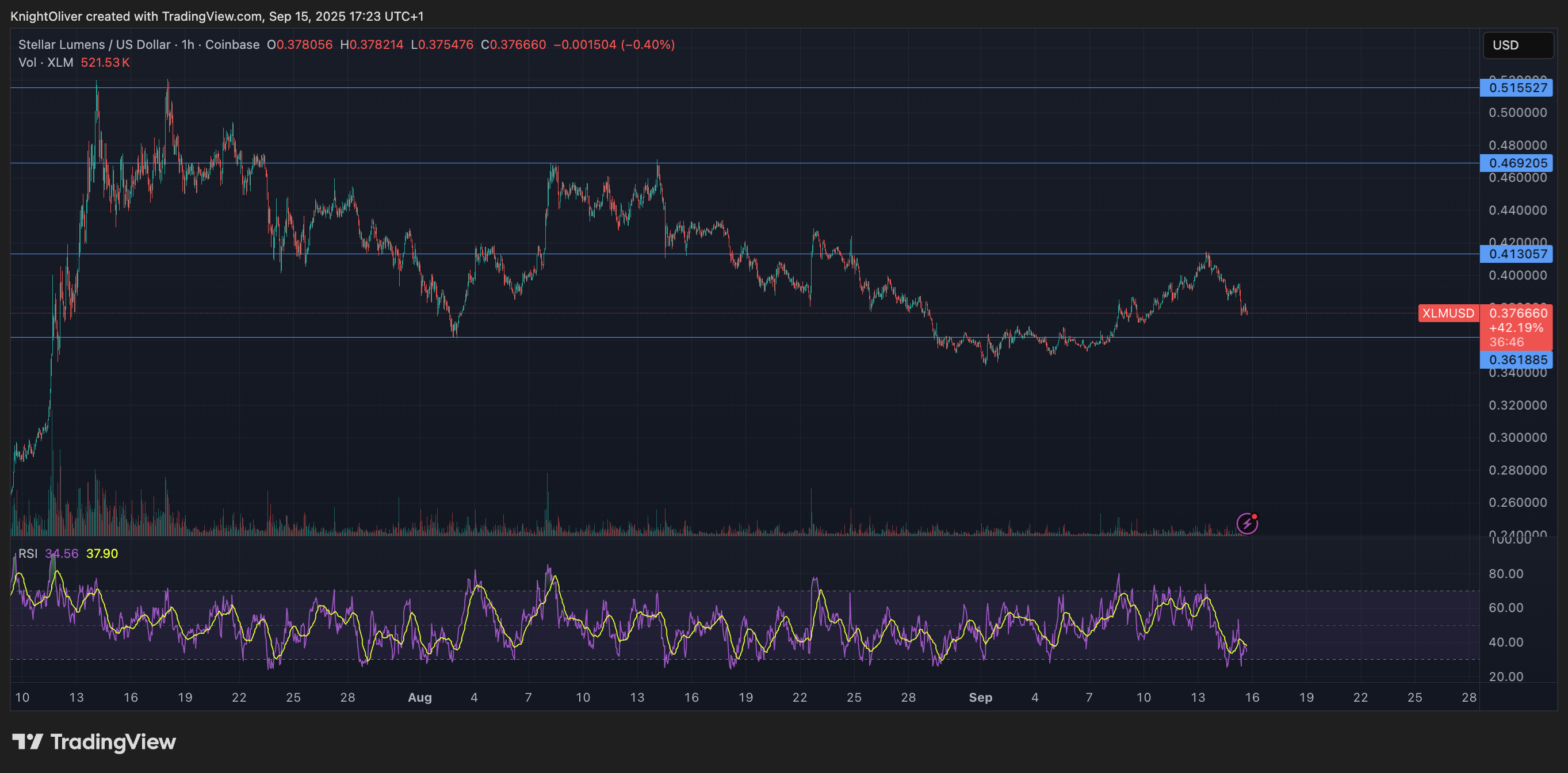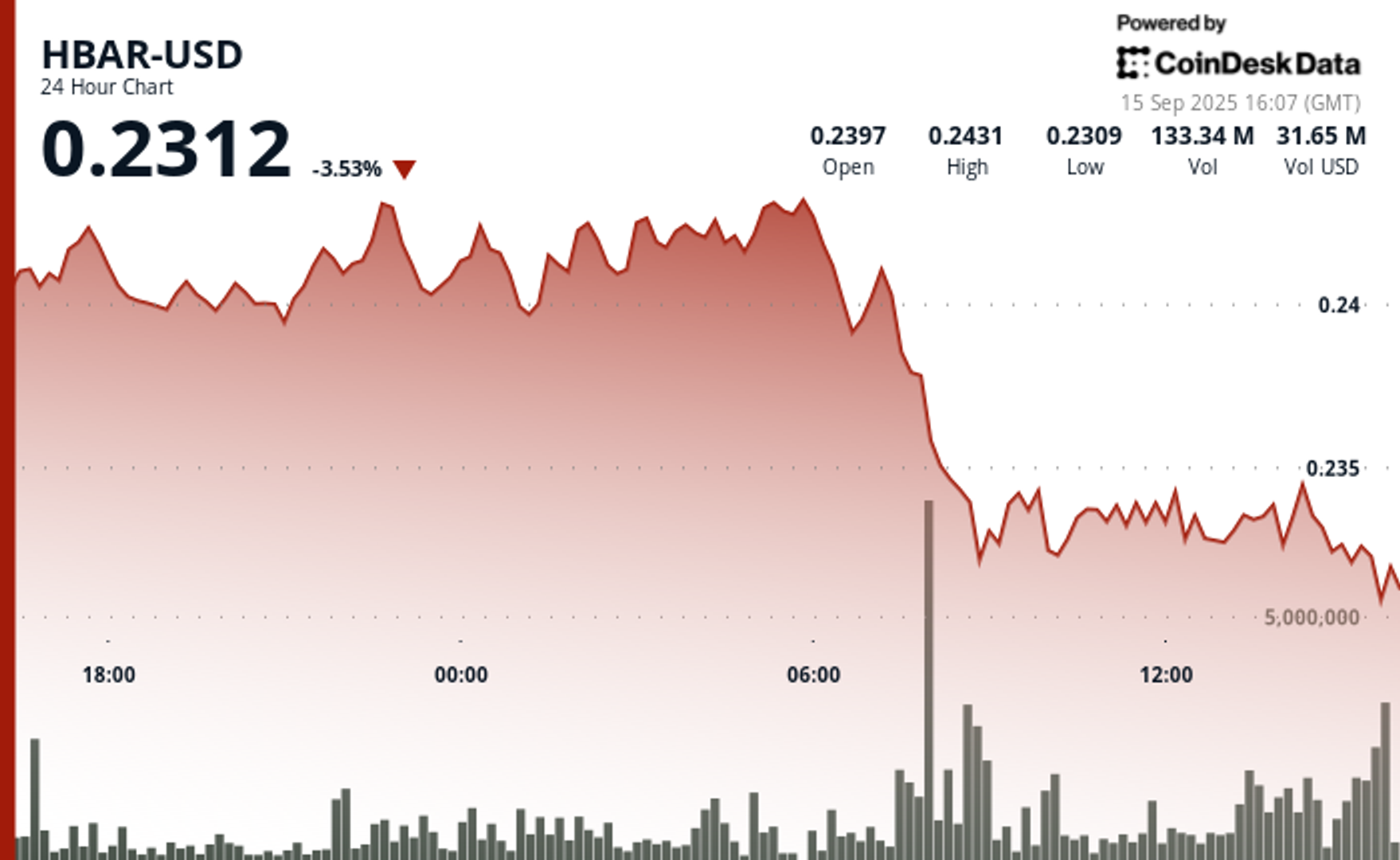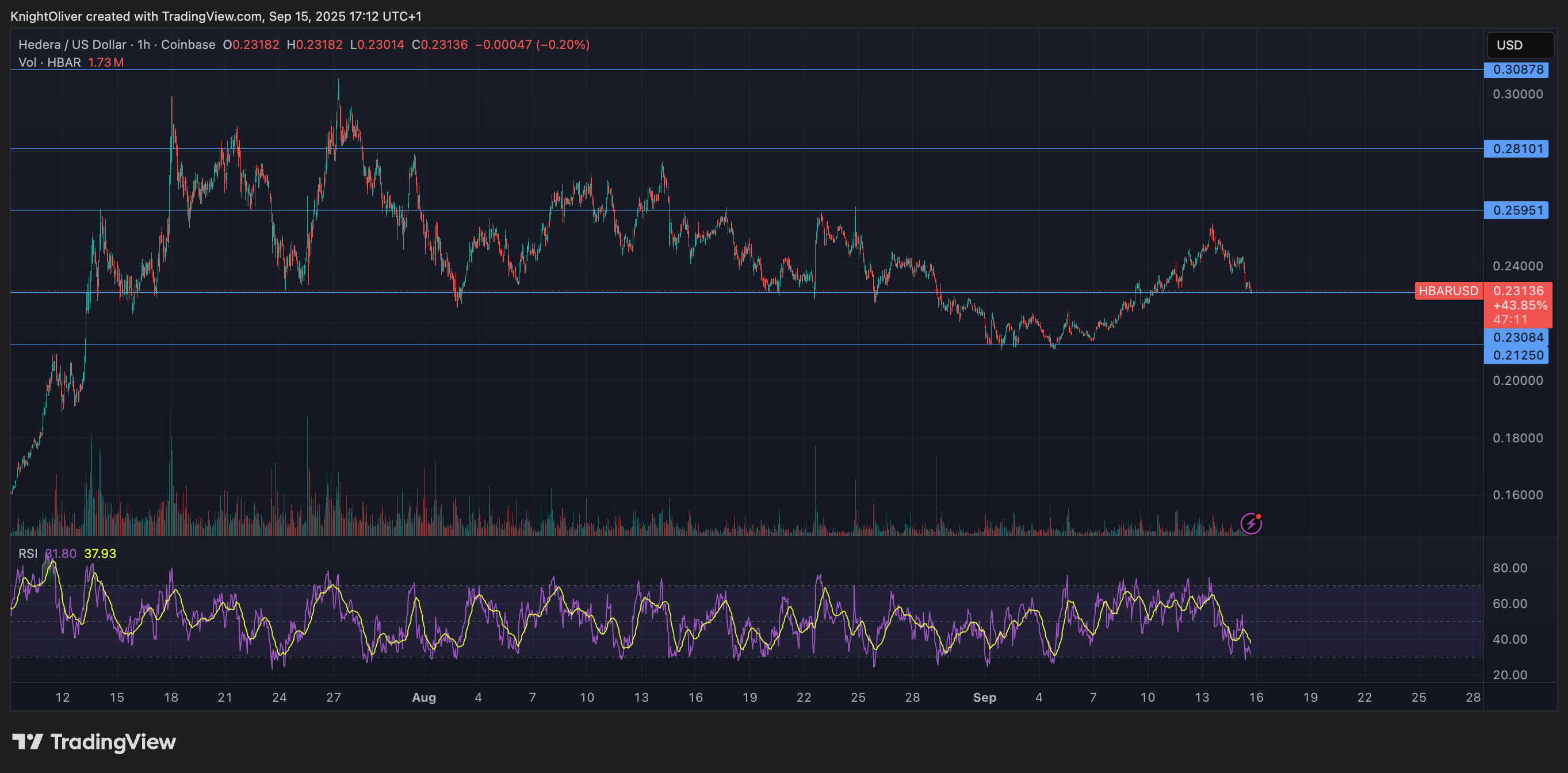Uncategorized
Bitcoin Buying Plans Are Supercharging Stocks. Is This a Michael Saylor Redux — or Another ‘Long Island Iced Tea’ Fad?

What does the ragtag group including a fitness equipment maker, biopharmaceutical company and producer of battery materials have in common?
Bitcoin, of course.
As the cryptocurrency skyrockets to unheard-of levels this month, at least 12 publicly traded companies that previously had nothing to do with crypto announced they plan to buy bitcoin (BTC), choosing it as a modern — and, lately, quite profitable — place to park spare cash. It’s a path illuminated by Michael Saylor’s laser eyes since 2020, when he began converting his sleepy software maker MicroStrategy into a corporate vault for bitcoin.
That’s turned MicroStrategy into a massive stock market success — up roughly 30 times in value since Saylor began buying bitcoin for the company, amassing a massive stockpile now worth about $38 billion. Just this month, its shares have nearly doubled in price since Donald Trump was elected U.S. president after pledging to embrace crypto. (Other crypto stocks have jumped, too. Coinbase, the exchange operator, is up nearly 70% since the day before the election.)
Others are trying to duplicate that success. On Friday, a biotech company, Anixa Biosciences (ANIX), said its board of directors approved buying an undisclosed amount of bitcoin to diversify the company’s treasury reserves. The stock rallied as much as 19% but settled for a 5% advance by the end of the day. Meanwhile, on Thursday, fitness equipment company Interactive Strength (TRNR) said it plans to buy up to $5 million of bitcoin after its board approved the cryptocurrency as a treasury reserve asset. Following the announcement, its stock soared more than 80% at one point before settling for «only» a full-day gain of 11%.
Earlier last week, biopharma company Hoth Therapeutics (HOTH) announced a $1 million bitcoin buying plan, triggering an up to 25% surge in its stock — though nearly the entire rally fizzled by the end of the day. Similarly, companies including LQR House (LQR), Cosmos Health (COSM), Nano Labs (NA), Gaxos (GXAI), Solidion Technology (STI) and Genius Group (GNS) saw momentary spikes in their stock prices after revealing bitcoin treasury plans in November. Only one company fell after its announcement: Acurx Pharma (ACXP).
«The recent bitcoin boom, coupled with MicroStrategy’s 500+% stock surge in 2024, has inspired a wave of companies — particularly microcaps — to announce bitcoin buying strategies,» said Youwei Yang, chief economist at BIT Mining (BTCM).
Whether these newcomers to the Saylor playbook will ever see Saylor-like benefits remains a very open question. «This behavior could end the same way [as previous bull markets]: unsustainable hype followed by sharp corrections as the market realizes many of these announcements lack substance,» Yang said.
And whether the recent entrants ever follow through is also technically unknown. So far, only artificial intelligence firm Genius Group is known to have actually bought any bitcoin.
But who can blame them for trying? Investors who invested early in MicroStrategy are getting ridiculously rich, and even recent investors are making easy money. Saylor largely funds MicroStrategy’s bitcoin purchases with money raised from stock and debt sales. The copycats might gain access to capital markets that they wouldn’t otherwise have had. Traders are following the old adage, «Never fight the tape» — meaning follow the market’s direction no matter the fundamentals, while companies are providing what the market wants. Nobody wants to be «that» person or company telling their bosses, shareholders or anybody else that they underperformed the market because they didn’t follow MicroStrategy’s footsteps.
«Only a few years ago, it was almost too risky to buy bitcoin. Now, however, the risk increasingly seems to be the opposite — not buying is actually the risk,» said Brian D. Evans, the CEO and founder of BDE Ventures, adding that «there’s real pain in not having exposure.»
To the hopefuls, this sudden corporate scramble might be a sign that mainstream bitcoin adoption is finally arriving, especially in an environment where President-elect Trump has said he wants the U.S. government to stockpile bitcoin, too.
«For BTC proponents, the expectation is that a combination of macro factors such as inflation and new-found regulatory friendliness will spur further examples of the asset being placed on corporate balance sheets,» Toronto-based crypto platform FRNT Financial said in a report.
Also, a bitcoin buying strategy could open up capital markets for companies, like it did for MicroStrategy and miner MARA Digital (MARA). Both were able to raise money recently through convertible debt that pays no interest to investors, meaning those investors are willing to forego current income in exchange for the ability to eventually convert the debt to equity, thus gaining bitcoin exposure.
Saying they plan to buy bitcoin «is a useful way for companies to raise capital, not unlike the way MicroStrategy has done over the last few years,» said BDE’s Evans.
However, to cynical ears, it all sounds a bit like the passing fad in the late 2010s that involved companies that previously had nothing to do with crypto adding the word «Blockchain» to their corporate name.
The most famous example of this was little-known beverage maker Long Island Iced Tea renaming itself Long Blockchain, with an explosive result, at least initially: Its share price nearly tripled in a single day after the crypto-rechristening. The gains didn’t stick and the stock was later delisted by Nasdaq. (And three people were accused of insider trading by the U.S. Securities and Exchange Commission.)
There have been other magic words. In the 2021 crypto bull market, big-name companies touted their Web3, metaverse and non-fungible token (NFT) initiatives — trying to hitch their shares to crypto and related hype. Facebook even changed its name to Meta to focus on the metaverse business, which subsequently faced massive losses. Meanwhile, companies with languishing share prices and no connection to crypto dipped their toes into bitcoin mining, a then extremely profitable business.
The brutal bear market that followed turned crypto terminology into dirty words that few wanted to use.
Though MicroStrategy has been able to raise billions from capital markets to fund bitcoin purchases, such a strategy, if pursued by others, could backfire for smaller companies, said Yang. «For microcaps, it risks being seen as a short-term gimmick, deterring serious investors. If bitcoin’s price stabilizes or declines, the stocks’ speculative appeal may fade, leaving these firms vulnerable to investor skepticism and regulatory scrutiny.»
Echoing this sentiment, David Siemer, co-founder and CEO of Wave Digital Assets, said, «While this approach may yield short-term gains in a bullish market, it carries significant risks. Unlike straightforward asset holding, leverage amplifies potential losses during market corrections, underscoring its inherent danger,» he said, pointing to firms that are leveraging the hype around bitcoin to add debt to their balance sheet.
Regardless of who is right, with bitcoin repeatedly smashing all-time highs after Trump’s U.S. election win, magic remains in the air: Announce a Saylor-like bitcoin plan and see your stock take off.
«It’s almost as though we are at a point where a lot of companies feel compelled to do this,» BDE’s Evans said.
Welcome to the new crypto bull market.
Uncategorized
Wall Street Bank Citigroup Sees Ether Falling to $4,300 by Year-End

Wall Street giant Citigroup (C) has launched new ether (ETH) forecasts, calling for $4,300 by year-end, which would be a decline from the current $4,515.
That’s the base case though. The bank’s full assessment is wide enough to drive an army regiment through, with the bull case being $6,400 and the bear case $2,200.
The bank analysts said network activity remains the key driver of ether’s value, but much of the recent growth has been on layer-2s, where value “pass-through” to Ethereum’s base layer is unclear.
Citi assumes just 30% of layer-2 activity contributes to ether’s valuation, putting current prices above its activity-based model, likely due to strong inflows and excitement around tokenization and stablecoins.
A layer 1 network is the base layer, or the underlying infrastructure of a blockchain. Layer 2 refers to a set of off-chain systems or separate blockchains built on top of layer 1s.
Exchange-traded fund (ETF) flows, though smaller than bitcoin’s (BTC), have a bigger price impact per dollar, but Citi expects them to remain limited given ether’s smaller market cap and lower visibility with new investors.
Macro factors are seen adding only modest support. With equities already near the bank’s S&P 500 6,600 target, the analysts do not expect major upside from risk assets.
Read more: Ether Bigger Beneficiary of Digital Asset Treasuries Than Bitcoin or Solana: StanChart
Uncategorized
XLM Sees Heavy Volatility as Institutional Selling Weighs on Price

Stellar’s XLM token endured sharp swings over the past 24 hours, tumbling 3% as institutional selling pressure dominated order books. The asset declined from $0.39 to $0.38 between September 14 at 15:00 and September 15 at 14:00, with trading volumes peaking at 101.32 million—nearly triple its 24-hour average. The heaviest liquidation struck during the morning hours of September 15, when XLM collapsed from $0.395 to $0.376 within two hours, establishing $0.395 as firm resistance while tentative support formed near $0.375.
Despite the broader downtrend, intraday action highlighted moments of resilience. From 13:15 to 14:14 on September 15, XLM staged a brief recovery, jumping from $0.378 to a session high of $0.383 before closing the hour at $0.380. Trading volume surged above 10 million units during this window, with 3.45 million changing hands in a single minute as bulls attempted to push past resistance. While sellers capped momentum, the consolidation zone around $0.380–$0.381 now represents a potential support base.
Market dynamics suggest distribution patterns consistent with institutional profit-taking. The persistent supply overhead has reinforced resistance at $0.395, where repeated rally attempts have failed, while the emergence of support near $0.375 reflects opportunistic buying during liquidation waves. For traders, the $0.375–$0.395 band has become the key battleground that will define near-term direction.

Technical Indicators
- XLM retreated 3% from $0.39 to $0.38 during the previous 24-hours from 14 September 15:00 to 15 September 14:00.
- Trading volume peaked at 101.32 million during the 08:00 hour, nearly triple the 24-hour average of 24.47 million.
- Strong resistance established around $0.395 level during morning selloff.
- Key support emerged near $0.375 where buying interest materialized.
- Price range of $0.019 representing 5% volatility between peak and trough.
- Recovery attempts reached $0.383 by 13:00 before encountering selling pressure.
- Consolidation pattern formed around $0.380-$0.381 zone suggesting new support level.
Disclaimer: Parts of this article were generated with the assistance from AI tools and reviewed by our editorial team to ensure accuracy and adherence to our standards. For more information, see CoinDesk’s full AI Policy.
Uncategorized
HBAR Tumbles 5% as Institutional Investors Trigger Mass Selloff

Hedera Hashgraph’s HBAR token endured steep losses over a volatile 24-hour window between September 14 and 15, falling 5% from $0.24 to $0.23. The token’s trading range expanded by $0.01 — a move often linked to outsized institutional activity — as heavy corporate selling overwhelmed support levels. The sharpest move came between 07:00 and 08:00 UTC on September 15, when concentrated liquidation drove prices lower after days of resistance around $0.24.
Institutional trading volumes surged during the session, with more than 126 million tokens changing hands on the morning of September 15 — nearly three times the norm for corporate flows. Market participants attributed the spike to portfolio rebalancing by large stakeholders, with enterprise adoption jitters and mounting regulatory scrutiny providing the backdrop for the selloff.
Recovery efforts briefly emerged during the final hour of trading, when corporate buyers tested the $0.24 level before retreating. Between 13:32 and 13:35 UTC, one accumulation push saw 2.47 million tokens deployed in an effort to establish a price floor. Still, buying momentum ultimately faltered, with HBAR settling back into support at $0.23.
The turbulence underscores the token’s vulnerability to institutional distribution events. Analysts point to the failed breakout above $0.24 as confirmation of fresh resistance, with $0.23 now serving as the critical support zone. The surge in volume suggests major corporate participants are repositioning ahead of regulatory shifts, leaving HBAR’s near-term outlook dependent on whether enterprise buyers can mount sustained defenses above key support.

Technical Indicators Summary
- Corporate resistance levels crystallized at $0.24 where institutional selling pressure consistently overwhelmed enterprise buying interest across multiple trading sessions.
- Institutional support structures emerged around $0.23 levels where corporate buying programs have systematically absorbed selling pressure from retail and smaller institutional participants.
- The unprecedented trading volume surge to 126.38 million tokens during the 08:00 morning session reflects enterprise-scale distribution strategies that overwhelmed corporate demand across major trading platforms.
- Subsequent institutional momentum proved unsustainable as systematic selling pressure resumed between 13:37-13:44, driving corporate participants back toward $0.23 support zones with sustained volumes exceeding 1 million tokens, indicating ongoing institutional distribution.
- Final trading periods exhibited diminishing corporate activity with zero recorded volume between 13:13-14:14, suggesting institutional participants adopted defensive positioning strategies as HBAR consolidated at $0.23 amid enterprise uncertainty.
Disclaimer: Parts of this article were generated with the assistance from AI tools and reviewed by our editorial team to ensure accuracy and adherence to our standards. For more information, see CoinDesk’s full AI Policy.
-

 Business11 месяцев ago
Business11 месяцев ago3 Ways to make your business presentation more relatable
-

 Fashion11 месяцев ago
Fashion11 месяцев agoAccording to Dior Couture, this taboo fashion accessory is back
-

 Entertainment11 месяцев ago
Entertainment11 месяцев ago10 Artists who retired from music and made a comeback
-

 Entertainment11 месяцев ago
Entertainment11 месяцев ago\’Better Call Saul\’ has been renewed for a fourth season
-

 Entertainment11 месяцев ago
Entertainment11 месяцев agoNew Season 8 Walking Dead trailer flashes forward in time
-

 Business11 месяцев ago
Business11 месяцев ago15 Habits that could be hurting your business relationships
-

 Entertainment11 месяцев ago
Entertainment11 месяцев agoMeet Superman\’s grandfather in new trailer for Krypton
-

 Entertainment11 месяцев ago
Entertainment11 месяцев agoDisney\’s live-action Aladdin finally finds its stars





